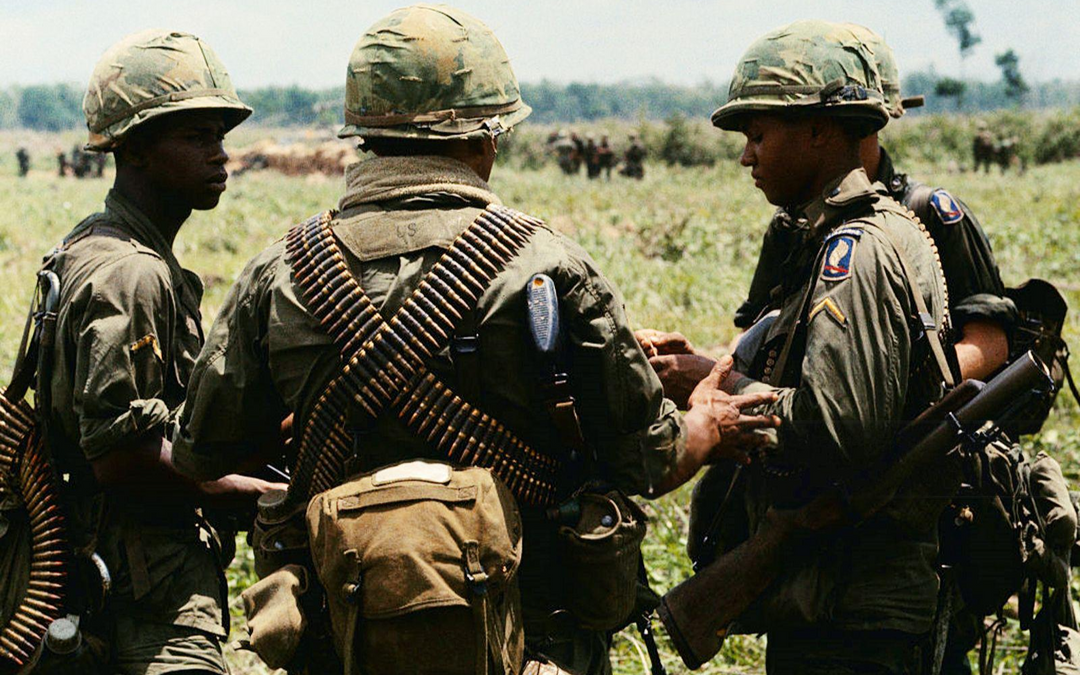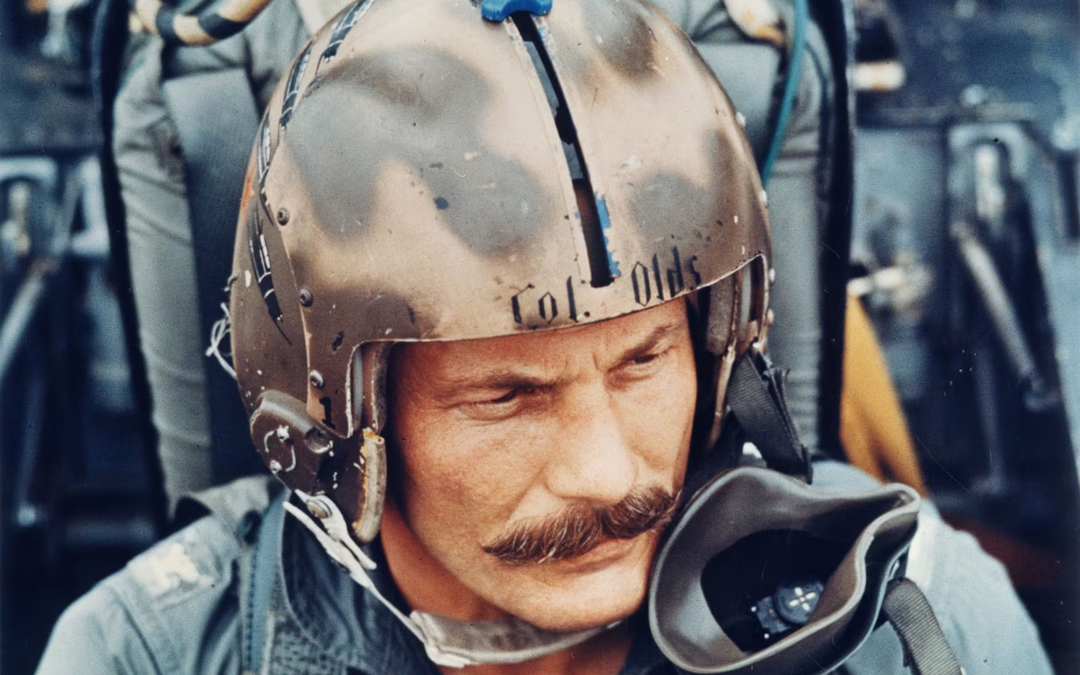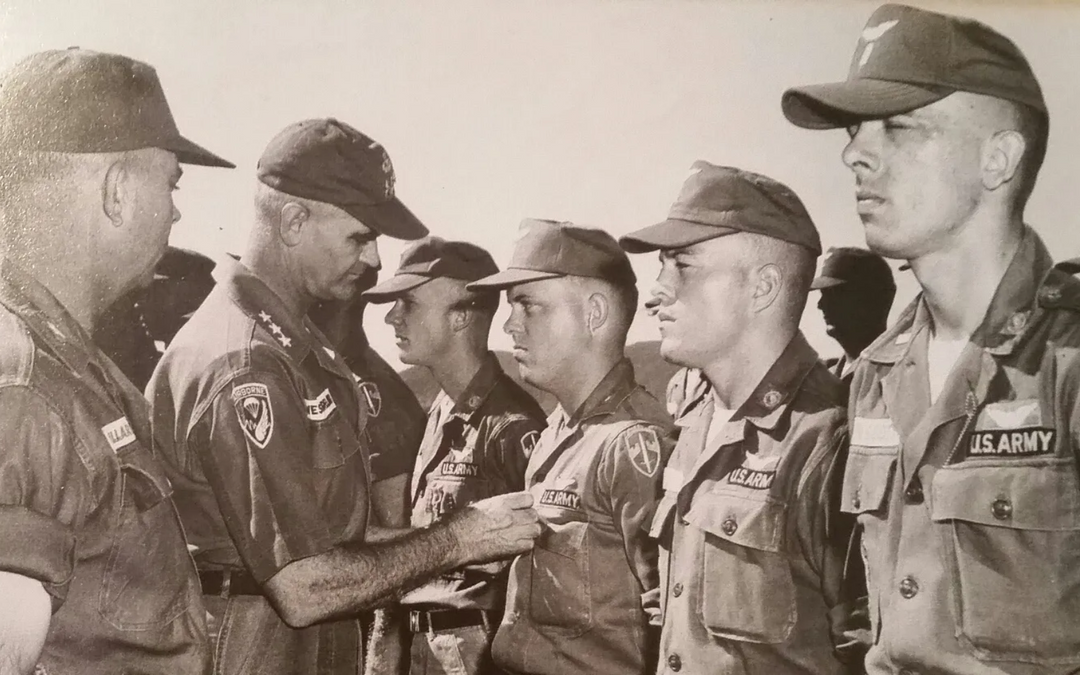DQ's 2021

Aerodynamics: Reference TC 3-04.4
Rotational relative wind modified by induced flow (at a hover, as well as airspeed during directional flight) is known as: Resultant Relative Wind

Figure 1-8
You pick up the aircraft to conduct a hover power check. Your predicted hover power torque is 60%. You have a 23kt headwind. Your actual hover power torque is 53%. If all other factors remain the same, what aerodynamic factor is causing the decrease in power required?
Effective Translational Lift. ETL is an increase in efficiency of the rotor system as the helicopter begins to work in relatively undisturbed air (usually by "out-running" it's vortexes). It occurs at about 16-24 knots. Even though we usually think about ETL occurring because we gain airspeed until 16-24 knots, aerodynamically a wind of the same amount has the same effect on the helicopter.
I am in a single rotor helicopter traveling at a high rate of speed. I apply rapid left cyclic to avoid a bird. What should I be concerned with in regards to torque? Rotor? What is the name of this aerodynamic factor?
Torque will increase. NR will decrease (Transient Droop Improvement and the additional NR sensor will prevent a considerable decrease in NR; however, if the amount of transient TQ exceeds power available, you will droop the rotor.)
Transient torque is a phenomenon occurring in single-rotor helicopters when lateral cyclic is applied and is caused by aerodynamic forces. For conventional American helicopters where the main rotor turns counterclockwise, a left cyclic input causes a temporary rise in torque and a right cyclic input causes a temporary drop in torque. This is due to the increased AoA over the rear half of the aircraft leading to an increase in induced drag.
I am hovering at 100ft AGL. What are my appropriate common standards in regard to altitude?
Reference: UH60 dATM
Hover.
(a) Maintain heading ±10 degrees.
(b) Maintain altitude, ±3 feet (±5 feet for OGE). *
(c) Do not allow drift to exceed 3 feet (10 feet for OGE hover). *
(d) Maintain ground track within 3 feet.
(e) Maintain a constant rate of movement appropriate for existing conditions.
I am hovering at 100ft AGL with 78% Hover Power Torque applied. I experience a single engine failure (that sucks). How much % Torque would I need to reduce in order to remain below my max torque available?
In a single engine condition, your hover torque will double to 156%. In order to remain within your max torque available (single engine), you would have to reduce the torque by 46% to achieve below 110%.
I am hovering at Sea Level, 100ft AGL, and experience a single engine failure. My UH60M weighs 19,000 and winds are calm. At 100ft AGL, according to the UH60 Operators manual, will I be able to achieve single engine flyaway airspeed prior to impacting the ground? Reference?
No. Check the Height Velocity Avoid Region Figure 9-2, Page 9-9. This should be discussed with your crew prior to conducting hoist or other OGE hover tasks. Hovering into the wind will assist in achieving single engine fly-away airspeed.
What is the minimum weather required to file VFR to a Class D destination IAW with AR95-1? (Assuming the airfield has no specific weather minimums published.)
½ mile & Clear of Clouds (SVFR)
Par. 5-2c. (4) ..Aviators may file flight plans to a destination within Class B, C, D, and E Surface when weather conditions are known to be equal or greater than known SVFR minima for that airspace ETA through one hour after ETA. Helicopter SVFR is ½ mile, clear of clouds unless a higher minimum is required at that airfield.
You are on a VFR flight plan and fins yourself over a layer of clouds. assuming all installed equipment is operational. How long can you fly VFR over the top?
No time limit.
Par. 5-4b. Over-the-top flights. Aircraft will not be flown above a cloud or fog layer under VFR for more than 30 minutes unless—
(1) The aircraft is equipped for IMC flight and not restricted from IMC flight.
(2) All IFR and requirements can be met for the remaining flight.
If a simulator period is “flown” prior to the actual aircraft in the same duty day; do the flight hours in the sim count towards the maximum amount of hours that can be flown in a day?
Yes
Army Aviation SOP
You are running up the aircraft and notice its 35 degrees C. How long can you run the backup pump, assuming the rotor is static?
UH60-10 Ch. 5-31.
For temps 33-38C, you can operate the backup pump for 24 minutes before requiring a 72 minute cooldown.
Which of the following maneuvers are authorized when a pilot is “cleared for the option?”
Aeronautical Information Manual: Pilot/Controller Glossary-
ATC authorizes for an aircraft to make a touch-and-go, low approach, missed approach, stop and go, or full stop landing at the discretion of the pilot
I'm taking off out of Alpine TX. My minimum climb rate for RWY 19 is 432’ per NM. At 80 kts, what climb rate (ft. per min) would get me 432’ per NM?
TC3-04.5 pg. 6-13
CONVERTING DISTANCE TO TIME
5-22. Certain IFR DPs require a minimum climb rate to assure proper obstruction clearance. However, the minimum climb requirement is stated in terms of feet to be gained per nautical mile. The aviator can easily convert FPNM to a number representative of FPM.
Converting Distance to Time Example
With a ground speed of 90 knots and a climb requirement of 400 FPNM, what is the rate of climb in FPM (figure 5-18)? 600 FPM.
Set 60 (speed) index to 90 (outer scale) for 90 knots.
Above 40 (inner scale) for 400 feet, read 60 (outer scale) for 600 FPM.
You are flying IFR with passengers onboard and ATC requests you to climb to “one-two thousand.” How long can you continue at this altitude without your occupants requiring oxygen? Your occupants do not require oxygen until above 14K
AR 95-1: 8–6. Oxygen system (Manned)
See TC 3–04.93 for restrictions on the use of oxygen. Approved oxygen systems will be used as follows:
a. Unpressurized aircraft. Oxygen will be used by aircraft crews and occupants for flights as follows:
(1) Aircraft crews.
(a) On flights above 10,000 feet pressure altitude for more than 1 hour.
(b) On flights above 12,000 feet pressure altitude for more than 30 minutes.
(2) Aircraft crews and all other occupants.
(a) On flights above 14,000 feet pressure altitude for any period of time.
(b) For flights above 18,000 feet pressure altitude, oxygen prebreathing will be accomplished by aircrew members.
-see PPC for next 3 questions:
You are flying at 120kts and begin to experience moderate turbulence: what airspeed do you adjust to?
UH60M -10 CH.8
For moderate turbulence, limit airspeed to max range or VNE minus 15, whichever is less.
After you adjust to 117 (max range) you notice you have a 10kt headwind. What is your new max range airspeed? 119.5
UH60M -10 CH. 7 pg 7-17: When estimating max range, increase IAS by 2.5kts per 10kts of headwind and decrease 2.5kts per 10kts of effective tailwind
If I were to fly 117kts and pull 100% torque, what airspeed would I see? 82kts.
UH60M -10 Ch.7 Figure 7-7: max endurance/max R/C are essentially the same pitch attitude. The difference is the amount of power applied. Flying with 100% torque (or MTA), there would be a more downward flow of air across the the pitot tubes. The IAS in the cockpit would read ~10kts more.
Which of the following is not an operational defect? Chicken Wire
NVG Operators Manual: Operational Defects- Flickering/flashing, Emission points, Shading, edge glow
Whilst flying over the desert, you notice a lack of visual cues and depth perception. Which visual illusion might cause this? Height/Depth Illusion
TC3-04.93: Par. 9-45
How many false statements?
NVGs magnify light by 2-3000x with a 40 degree FOV. I use scotopic vision while wearing them and primarily binocular cues to aid with distance estimation at night. 3 total
There is no magnification with NVGs, they intensify the light by 2-3000x
Types of vision (par. 8-14) TC 3-04.93: Photopic vision is used when exposed to high levels of artificial light.
Monocular cues are used at Night. Binocular is only of value when the object is close enough to make a perceptible difference (8-57) 3-04.93
The following enroute considerations apply to flight in mountainous terrain: Due to danger of encountering downdrafts, descents to follow terrain will be executed less than...? 1000f/m
TC 3-04.4 par. 3-156: Due to danger of encountering downdrafts, descents to follow terrain will be executed at less than1,000 FPM. When following terrain in a descent, aviators often need to reduce airspeed keeping the aircraft within operating limits.
(Reference the PPC) During your hover power check, you confirm your hover power torque at 89%. Which maneuvers are you restricted from? Hoist
According to the PPC, 89% puts you above OGE power
UH60ATM: The aircrew will not attempt the tasks listed below when performance planning and the hover power check indicates that out of ground effect (OGE) power is not available. slingload, water bucket, fast rope, hoist, etc.
Which of the following conditions is not listed as a contributing factor to blade compressibility?
TC3-04.4: The following operating conditions represent the most adverse compressibility conditions: High airspeed, High rotor RPM, High gross weight, High- density altitude, High G-maneuvers, Low temperature, Turbulent air.
Which is not considered one of the four types of airspace? Controlled, uncontrolled, special use, other.
AIM CH3. 3-1-1
The forecasted weather for your primary destination is predominantly 500 BKN with 2 miles visibility with a tempo of 300 OVC and 1 mile visibility. Which weather would you use for planning and how long must it be above your minimums? 500-2, 60 min after ETA
AR 95-1: pg. 36: Destination weather must be forecast to be equal to or greater than VFR minimums at estimated time of arrival (ETA) through one hour after ETA. When there are intermittent weather conditions, the predominant weather will apply.
(See KOZR approach plate ILS RWY6) You are flying from RRS Vortac to OZ NDB. If the NAVAIDs were unmonitored, what is the minimum WX you would need to not require and alternate destination? 2200-3 mile vis
AR 95-1 pg. 37: VFR Exception Rule: Use the MEA (2000) subtract airfield elevation (301), round up to the nearest 100, then add basic cloud clearance.
Drag Chart.
TC3-04.4: Figure 1-41
Which characteristic is NOT associated with this airspeed (max endurance)? Maximum Range
TC3-04.4: pg 1-50: This airspeed (best rate of climb/max endurance) has the following characteristics—
Total drag at the minimum.
Largest amount of excess power available.
Lowest fuel flow during powered flight.
Maximum single engine gross weight that can be carried (for dual engine aircraft).
Severe turbulence can be expected up to ___ miles from severe thunderstorms? 20 miles
TC 3-04.4: Severe turbulence can be expected up to 20 miles from severe thunderstorms and decreases to about 10 miles in less severe storms.
Improved rotor efficiency resulting from directional flight is known as? Translational Lift.
TC 3-04.4: pg 1-40: Improved rotor efficiency resulting from directional flight is translational lift. The efficiency of the hovering rotor system is improved with each knot of incoming wind gained by horizontal movement or surface wind.
How much is max torque reduced with the use of anti-ice?
UH60 -10: par. 7-12: 20% per eng.
If departing a location with no military or government weather briefer, which publication would you reference to obtain information on how to receive a brief?
Flight Information Handbook
In air assault planning, what is the second stage of the reverse planning sequence?
ATP 3-04.1 (Aviation Tactical Employment): Landing Plan
Why is more torque required to hover OGE than IGE?
TC 3-04.4 (Fundamentals of Flight): Wing tip vortices are no longer dispersed by the ground during OGE. Wing tip vortices increase in size and create greater induced flow. More induced flow requires greater angle of incidence required to maintain angle of attack.
If no IFR departure procedure is published, climb runway heading to ___ft above the departure end of the runway. This procedure keeps the aircraft clear of terrain as long as the climb is at ___ F/NM
TC 3-04.5 Instrument Flight: Par 10-90. 400/200.
What 5 lights bring on the backup pump?
UH60 -10 pg.2-52: #1 HYD Pump, #1 PRI SERVO, #1 TR SERVO, #2 HYD PUMP, APU ACCUM LOW
You are in radar contact and are approaching a compulsory reporting point. What information is required to report to ATC?
TC 3-04.5: 10-98. The aviator is required to furnish a position report over certain reporting points unless in radar contact with ATC. If you weren't in radar contact, provide the following (also found in back cover of IFR supp)
Identification. Position. Time. Altitude/FL (include actual altitude or flight level when operating on a clearance specifying “VFR ON TOP”).
Type of flight plan (not required in IFR position reports made directly to ARTCC or approach control). Next reporting point and ETA.
The name only of the next succeeding reporting point along the flight route.
Pertinent remarks
During pressure refueling, you are notified that the pressure of the refueling hose is ranging from 45-50 PSI. Can you accept fuel from this location?
UH60 -10 pg. 2-139: Yes. Damage to fuel line could occur if pressure exceeds 55 psi during pressure refueling or 15 psi during closed circuit.
You have a UH60L NRCM who needs a currency flight. Can he re-establish currency on a HH60M?
UH60 ATM: Yes. NRCMs may maintain aircraft currency in similar aircraft.
It's 18 degrees C. Your starter dropped out prior to reaching idle speed. How long must you wait prior to engaging your second start cycle?
UH60M -10: par. 5-10c: 60s after the first attempt if it is aborted for reason. If you had completed a second attempt, you would have to wait 30 min due to temp. >15C
Except for takeoff and landing, you are not authorized to fly below ___ when flying night unaided.
Master Aviation Stands SOP: Pg. 24: 200ft AHO.
What altitude/airspeed is associated with air taxi?
AIM Pilot/Controller Glossary: Air taxi- used to describe aircraft movement conducted above surface but not above 100 ft. AHO. The aircraft may proceed either via hover taxi speeds or at speeds >20 kts. The pilot is responsible for selecting a safe alt/airspeed to operate at. Hover Taxi: Used to describe aircraft hovering above surface and In Ground Effect and less than 20 kts.
What is the appropriate disc separation for close?
ATP 3-04.1 (Aviation Tactical Employment): Tight = 1-2 disk separation, Close = 3-5 separation, Loose = 6-10, and Extended which is greater than 10 rotor disk.
On the runway, what do the numbers mean on either side?
FAA Quick Reference guide: Distance remaining on the runway in 1000 ft increments







Leave a comment